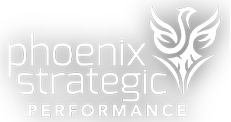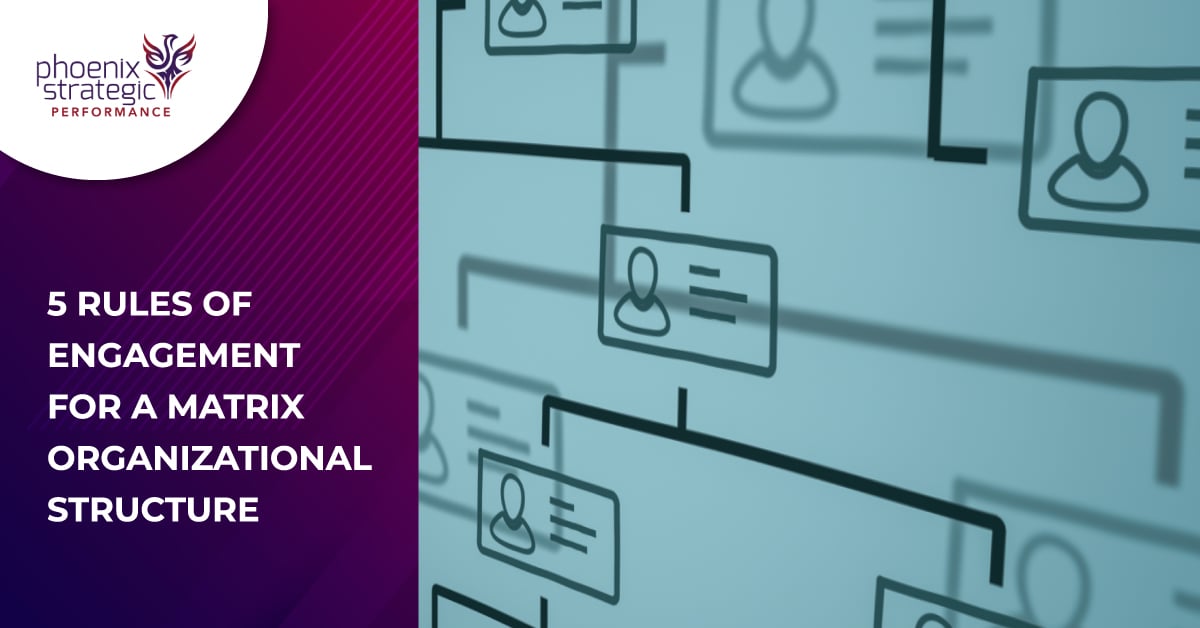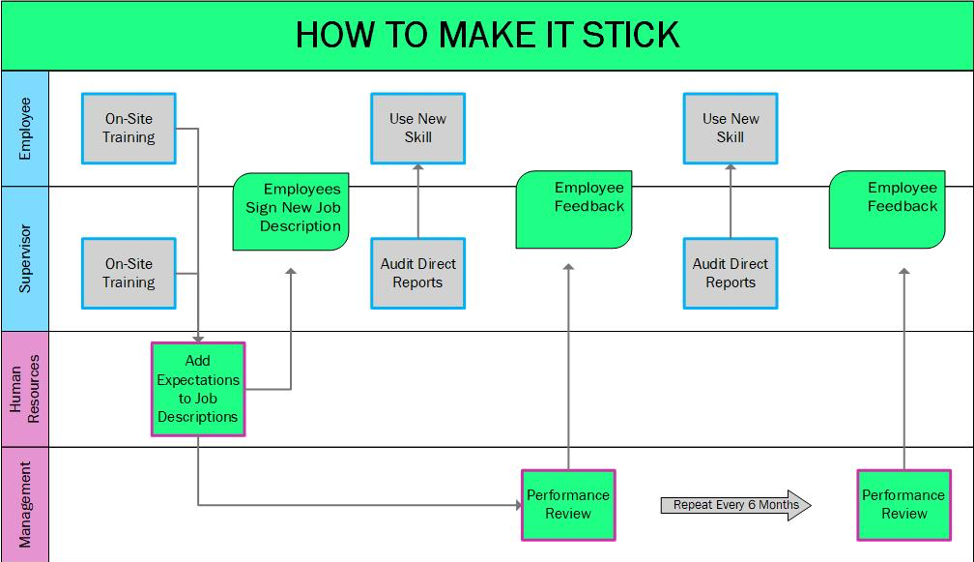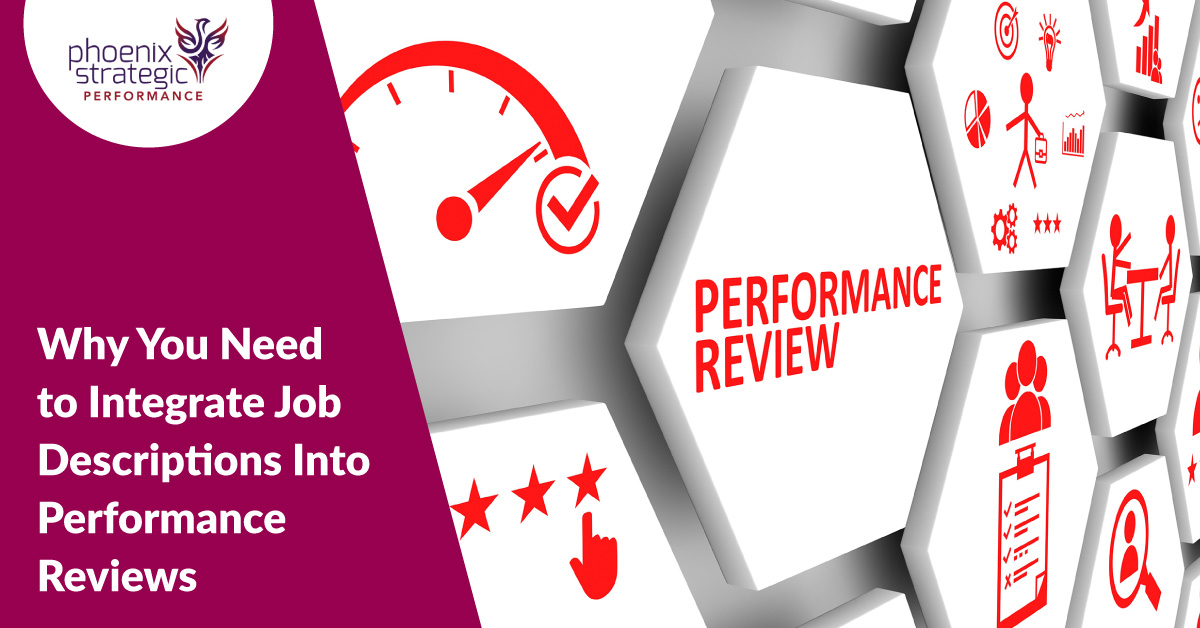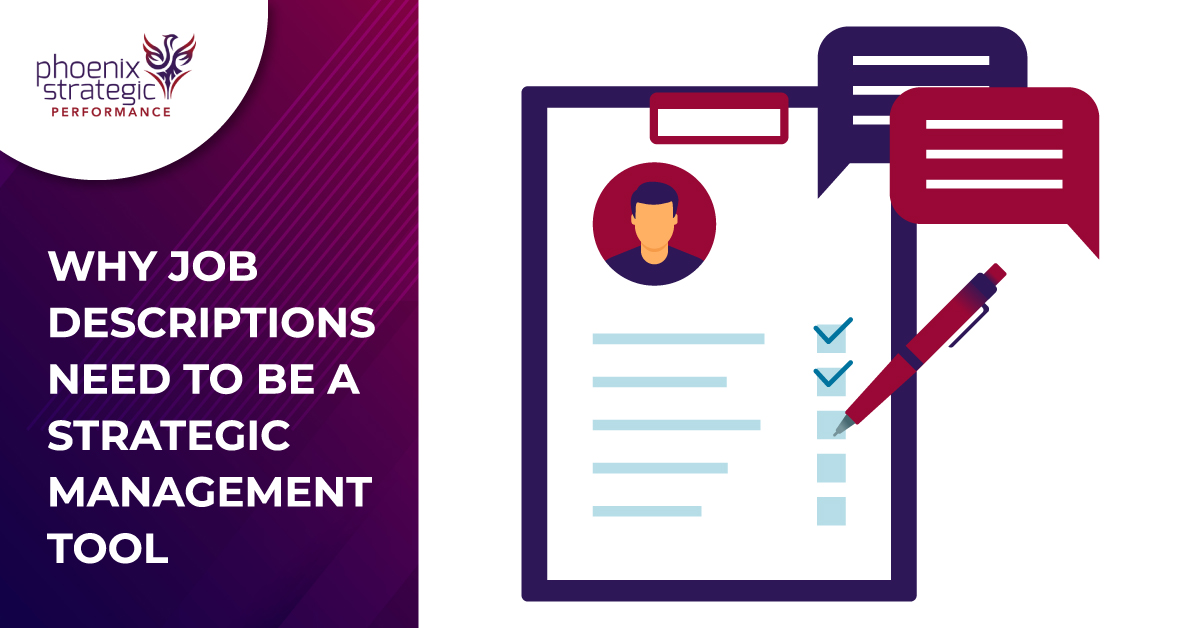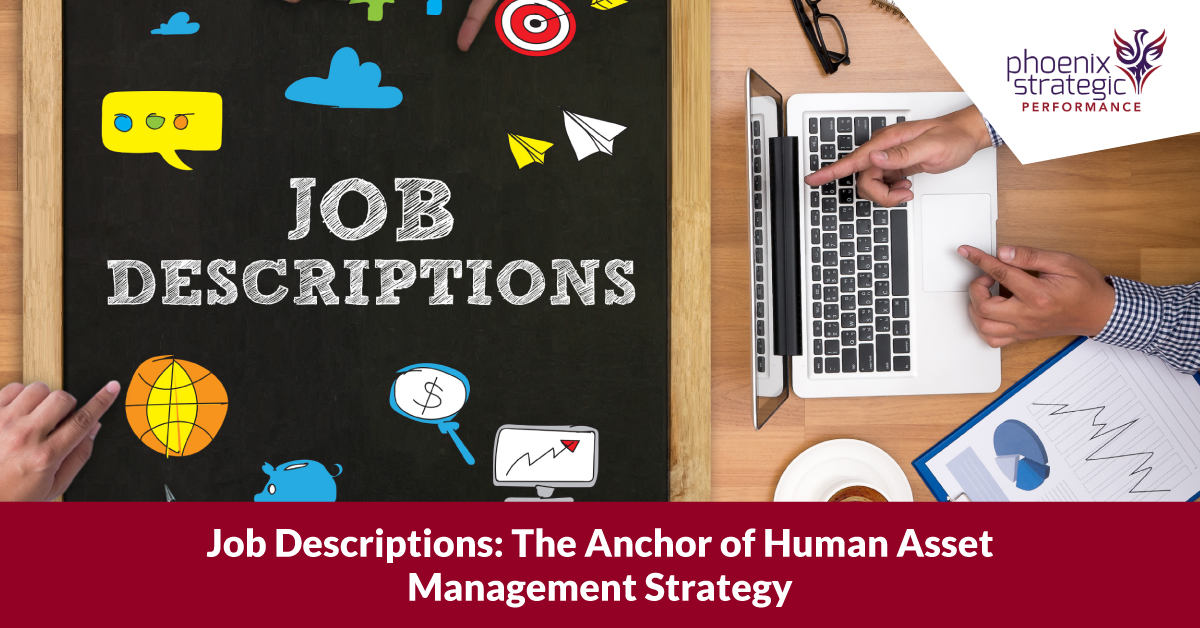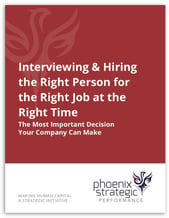Does your organization have a structure that has both a hierarchy and a matrix structure? To clarify:
- Hierarchy - A hierarchy structure is the traditional organizational structure broken down into functions. A manager heads up the function with employees reporting to the manager. It is depicted in the typical organization chart format.
- Matrix - A matrix structure is a fluid 'structure' typically described by the following statement: "This is the org chart, but here is how the organization really works." It is depicted by an 'organigram’©, a spaghetti chart of interlinked solid and dotted lines. The solid lines represent the traditional organization chart. The dotted lines represent the fluid matrix interactions.
If your answer to the above question is yes, you are like many other organizations. As the nature of work has changed over the years, the matrix organization has evolved to become today's new normal. In a matrix organization, your people must be responsive to a functional boss, accountable, and responsive to the many others in the matrix with whom they are linked, represented by the organigram's dotted lines.
In the matrix organization, the rules of engagement are gray and cloudy, and the skills needed are both knowledge skills and, just as importantly, soft skills. In the matrix organization, getting the work done looks effortless when things are working correctly. However, effortless takes a lot of effort. But when things go wrong in the matrix, they go very wrong. To make the matrix work effortlessly, employees need to know what is expected of them and the skills they need to make the matrix work.
